修剪牛至植物:多年生草本植物,茎干柔软多木
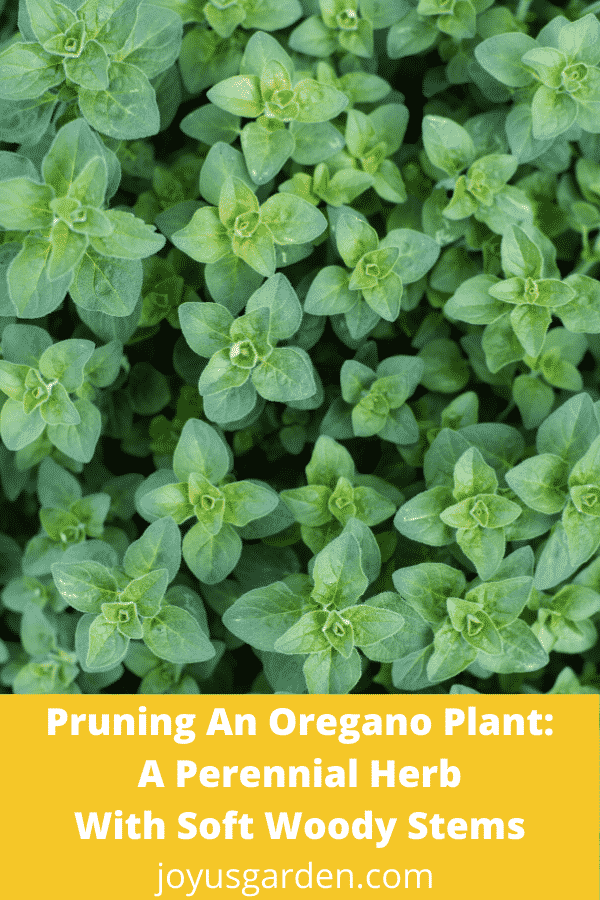
Table of contents

当我的邻居让我帮她修剪从一个大陶罐里层层叠叠长出来的牛至时,我说:"好啊"。 我不仅喜欢修剪(多年前我的绰号是 "修剪"!),而且还可以帮玛丽的忙。 自从两年多前种植牛至以来,她还没有修剪过这种草本植物--天哪。 是时候给牛至修剪一下了,这样,随着天气转暖,所有的嫩芽都可以长出来了。
薰衣草或百里香等香草的茎木质较硬。 牛至和薄荷一样,它的茎木质较软。 随着时间的推移,这些老茎最终会木质化,植株会变得相当茂密,使新的生长在春季和夏季更难出现。 我用同样的方法修剪莫吉托薄荷--去旧迎新。
修剪过于茂盛的牛至植物
何时修剪
牛至在美国农业部 5 区及以上是一种多年生草本植物,在较低的地区,它是一年生植物。
我住在亚利桑那州图森市,在 1 月底进行了修剪。 在寒冷的气候条件下,最好等到春季冰冻危险过去后再修剪。 你可不想把所有新长出来的枝条都强行剪掉,然后再让它受冻。
我是在康涅狄格州长大的,那里的牛至在秋天生长,我们在上面铺上干草,以起到保护作用。 春天,我们把干草移走,进行大面积修剪。
牛至生长迅速,开花后可在季节中期进行修剪,以促进更多美味的新芽生长。
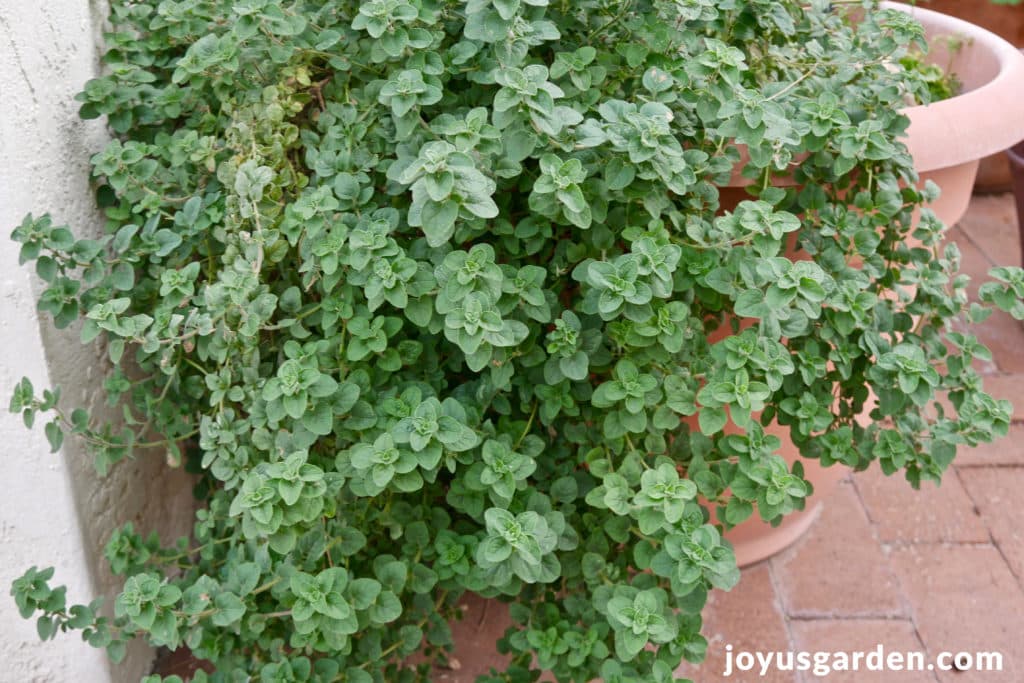 本指南
本指南 这就是牛至修剪前的样子--浓密无比,下面是杂乱无章的茎。
如何修剪
这可不是那种精细的修剪工作,你基本上是要砍掉所有的老树,为新树让路。
确保你的剪枝刀干净锋利,这样会让工作轻松很多。 我用了两把剪枝刀--Felcos 剪大枝;我的 Fiskar Floral Snips 剪最后的 "细枝末节"。
如果你的牛至长得像这株一样茂密,这时你就能真正看到隐藏在下面的新芽了。 是的,这就是所谓的硬修剪,但这是你的牛至真正需要的。
第 2 次修剪要轻得多,是为了去除一些枯死的木质茎& 多腿的较软的茎。 我喜欢这样做,因为这样可以让植物看起来更好一些。 如果你愿意,可以跳过这一步,但我更喜欢尽可能地清理干净。 老实说,你的牛至此时并不漂亮& 看起来会像被剥了一个月左右的头皮!
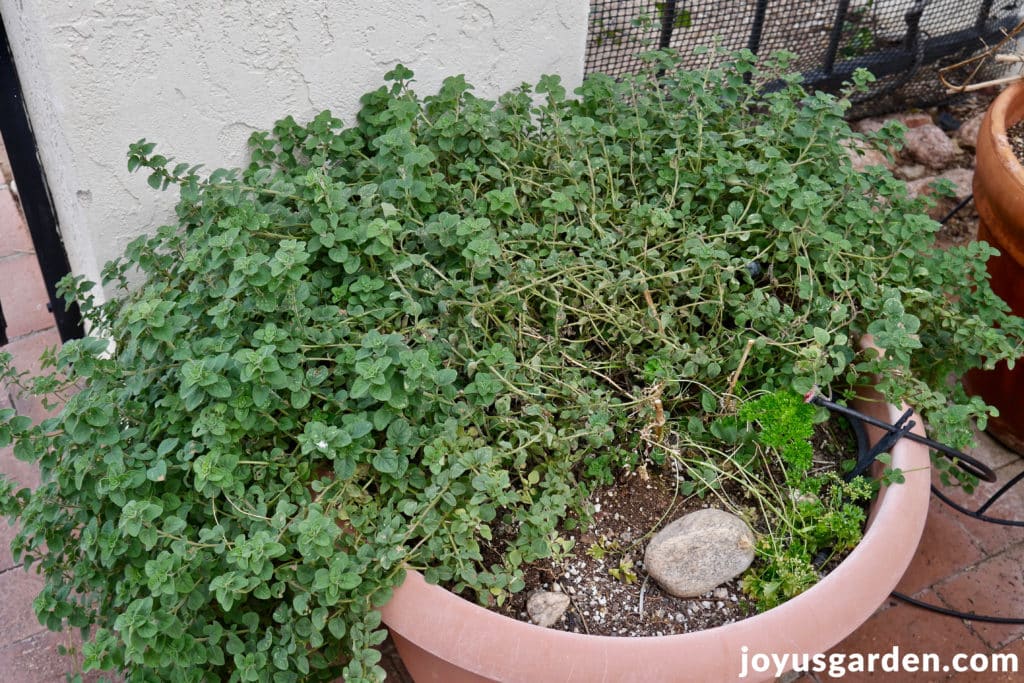
可怜的欧芹想回来,但却很难!
了解更多
无论是盆栽还是地栽,牛至的修剪方法都是一样的。
牛至喜欢热&;一旦天气开始变暖,牛至就会迅速恢复生长。
修剪牛至(特别是如果牛至长得像这 1 棵一样茂盛)是为了促进新叶生长。 新叶比老叶味道更好。
不要胆怯,要让新长出来的植物接触阳光和空气。 这里的牛至很厚,新长出来的植物很难穿过它。
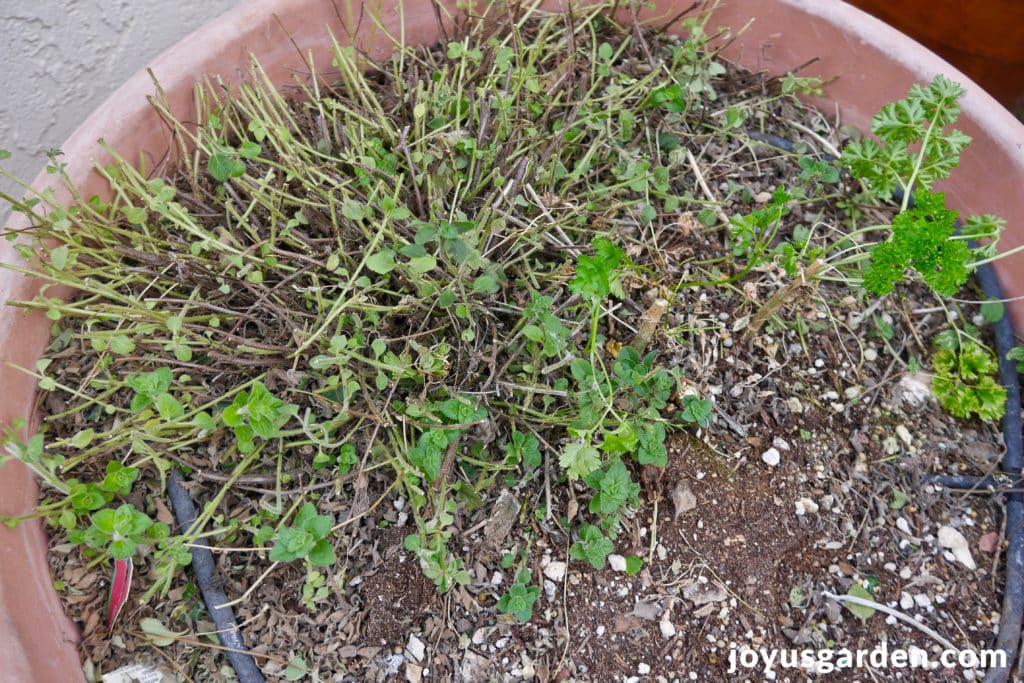
这就是它修剪后的样子,虽然不好看,但你等着吧--新的生长很快就会冒出来。
就像我的薄荷一样,我会施用大约 1 英寸的蚯蚓堆肥(这是我最喜欢的肥料,我很少用它,因为它很肥沃),一个月左右在最上面施用 2-3 英寸的堆肥。 这将是这些草本植物整个季节的饲料。
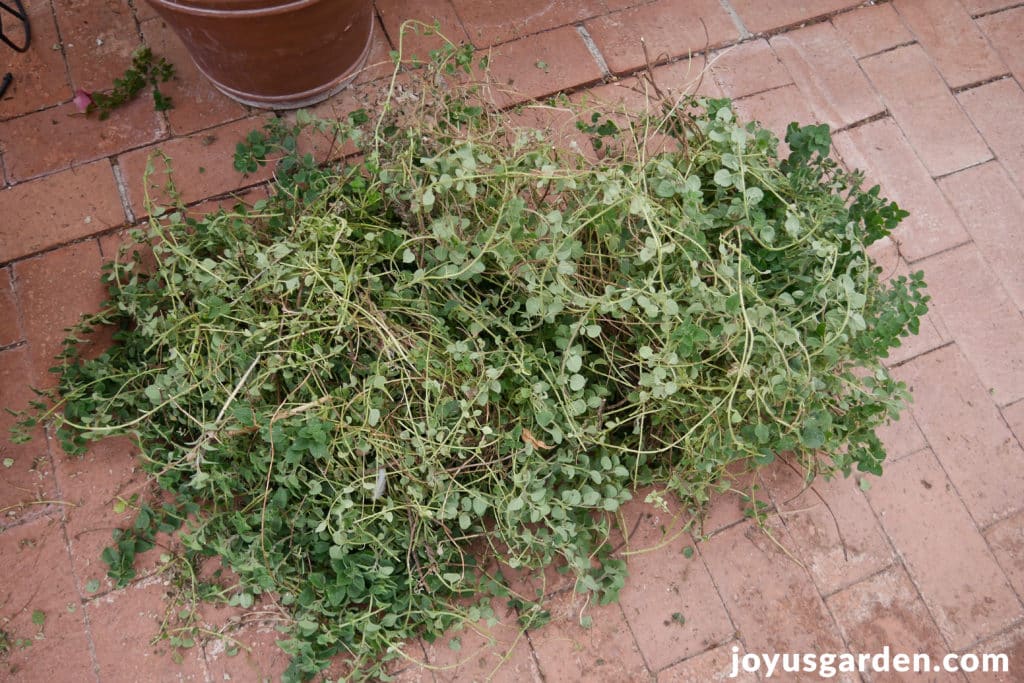
一堆扭曲的茎,有人要牛至吗?
我必须承认,我和玛丽一样从这次修剪中获益匪浅。 她让我随时采摘她的牛至和罗勒茎。 我修剪掉的牛至,马上就能做很多批次的意大利辣酱了!
See_also: 甜心海雅:如何护理海雅 Kerrii快乐园艺
您可能还会喜欢
春季修剪两种不同类型的香石竹
如何成功种植多年生植物
如何保养薄荷
我们的花园边的欢乐
See_also: 多肉植物翻盆指南种植莫吉托薄荷的技巧
本文章可能包含联盟链接。 您可以在此阅读我们的政策。 您购买产品的成本不会增加,但 Joy Us garden 会收取少量佣金。 感谢您帮助我们传播信息 & 让世界变得更美丽!

